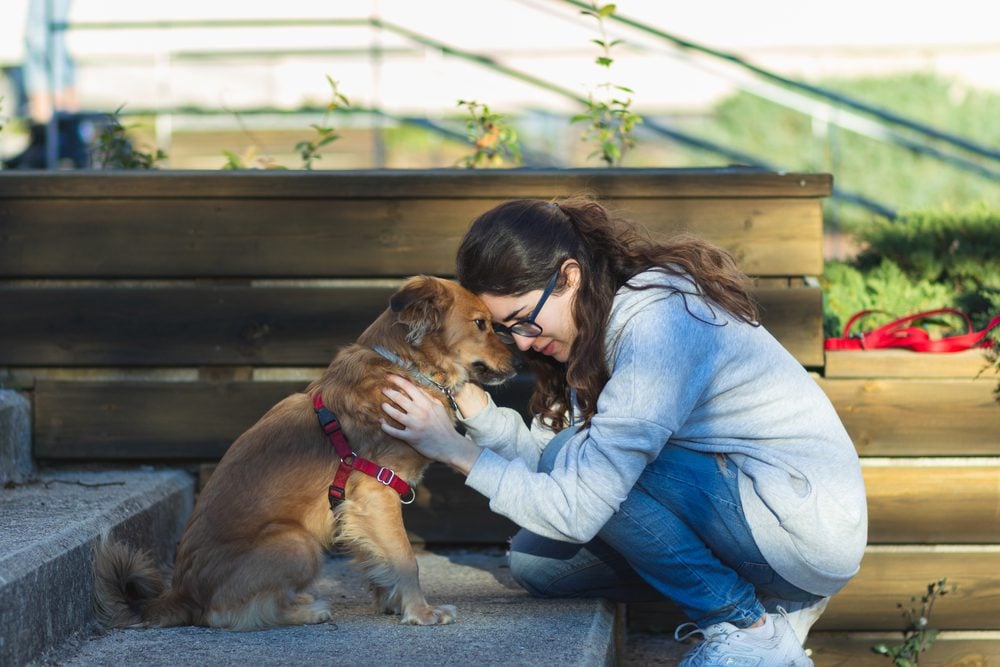
Dog Reactivity Towards Bicycles: Managing with Care
Share
Understanding Dog Reactivity Towards Bicycles: An In-depth Guide
For many pet owners, the sight of their beloved 'canine' becoming highly reactive when a 'bicycle' zooms past can be quite alarming. This reaction is often misunderstood and can lead to stressful walks and anxious dogs. In this article, we delve deep into the reasons behind dog reactivity towards bicycles, offering insights and actionable strategies to manage this challenge effectively.
It's essential to acknowledge that dogs, much like humans, have their triggers. Fast-moving objects such as bicycles can ignite a flurry of emotions in your dog, ranging from excitement to fear or even aggression. Understanding the root cause of this behavior is crucial in addressing it.

Identifying the Root Causes of Bicycle Reactivity
Before diving into solutions, it's imperative to understand what fuels this reactivity. Often, it's linked to your dog's inherent prey drive, fear, or previous negative experiences with bicycles. Some dogs may see a bike as a chase-worthy object, while others may fear its sudden movements or sounds.
As a health-conscious pet owner, being in tune with your dog's mental and emotional well-being is vital. Remember, mental stress in dogs can manifest physically, affecting their overall health.
The Role of Early Socialization in Preventing Reactivity
One significant aspect of managing and even preventing dog reactivity towards bicycles is early socialization. Exposing your dog to various environments, people, and objects at a young age can significantly reduce the likelihood of reactive behavior later in life. This exposure should be positive and gradual, ensuring your dog associates these experiences with comfort and safety.
For more tips on managing reactive dogs, check out our article on dog reactivity towards shadows.
Practical Strategies to Calm Your Reactive Dog
Once you've identified the triggers and underlying causes of your dog's reactivity, it's time to employ practical strategies to help your dog cope better. Training is crucial, focusing on desensitization and counter-conditioning to alter your dog's emotional response over time.
One effective approach is to gradually expose your dog to bicycles at a distance where they don't react negatively, rewarding them for calm behavior. Slowly decrease the distance, maintaining positive reinforcement throughout. Consistency and patience are your best allies in this journey.
For further tips on calming your dog in new or challenging settings, consider reading how to calm a horse in a new place.
Professional Training: When to Seek Help
If you're struggling with your dog's reactivity, seeking professional help from a certified dog trainer can be a wise decision. Professional trainers can offer tailored solutions that consider your dog's specific needs and characteristics. They often employ advanced training techniques that can significantly curb reactive behaviors.
For professional insights, you might find the resources on dog training guide beneficial.
The Importance of Patience and Empathy
At the core of managing dog reactivity towards bicycles is patience and empathy. Understand that this behavior, while challenging, is a form of communication. Your dog relies on you to guide them through their fears and anxieties. Your calm demeanor and persistence are key to their progress.
For other reactivity issues, see our guide on dealing with dog reactivity towards vacuum.

Creating a Positive Walking Experience
Ultimately, the goal is to transform walks into positive experiences for both you and your dog. This involves a combination of understanding, training, and care. Equip yourself with the knowledge of your dog's needs and be prepared to take small steps towards improvement. Positive walks contribute not only to your dog's mental well-being but also to their physical health, fostering a long and happy life.
For tips on creating positive walks, read our post on dog reactivity towards cars.
FAQs
What should I do if my dog reacts to a bicycle?
Remain calm and try to redirect their focus with a treat or toy. Gradually work on training exercises to help them remain calm around bicycles.
Can professional trainers help with dog reactivity?
Yes, professional trainers can offer customized training plans that cater specifically to your dog's needs and help mitigate reactivity effectively.
How long does it take to reduce a dog's reactivity?
The time it takes can vary based on the dog's temperament, the consistency of training, and the commitment of the pet owner. Patience is crucial as some dogs may take longer to adjust.
This article contains affiliate links. We may earn a commission at no extra cost to you.
